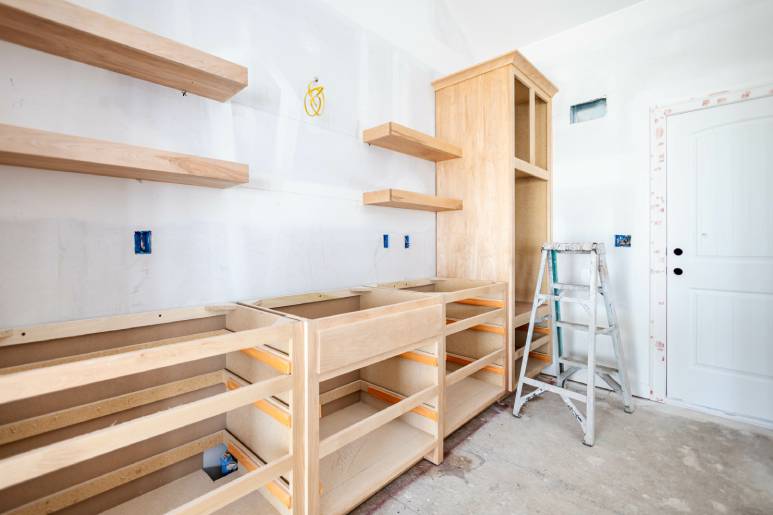
Mistakes To Avoid When Installing Floating Shelves
Floating shelves are fantastic for adding storage and style to your home. They create a clean, modern look while freeing up floor space. However, improper installation can quickly dampen your enthusiasm when those sleek shelves start to sag—or worse, fall down. To help you get it right the first time, here are mistakes to avoid when installing floating shelves and how to sidestep them.
Incorrect Measurements
Homeowners often assume they can accurately gauge distances, resulting in even the slightest miscalculation that can thwart a project. Typical results of this mistake include uneven shelves or those that can’t adequately accommodate displayed items.
Pro Tip
Always use a measuring tape and a level to guarantee accurate calculations and spacing between shelves, especially if installing multiple units.
Choosing the Wrong Materials
Selecting incorrect shelf types can lead to future frustrations. For example, lightweight MDF may be easy to handle but can bend under heavy loads. Similarly, some brackets may not provide enough support for bulkier items.
Pick the Right Products
Consider form and function. For heavier items, select solid wood or shelves with reinforced designs. Look for brackets or mounting hardware rated for the weight you plan to put on the shelf.
Ignoring Weight Limits
Overloading shelves is an easy mistake, especially if the goal is to maximize storage. But overlooking weight limits can cause shelves to bow or pull away from the wall, damaging your wall and belongings.
Avoid Overloading Shelves
Follow the manufacturer’s weight recommendations for the shelf and the hardware. If you intend to store heavier items, consider installing additional brackets or choosing wall-mounted solutions with higher weight capacities.
For example, our steel storage shelving brackets at Right On Bracket are ideal for putting up sturdy shelves for heavy items in your kitchen, garage, or storage closet. These brackets are strong and built to last.
Improper Installation Techniques
One of the worst pitfalls is failing to secure your shelves properly. This often happens when DIYers fasten screws directly into drywall without adequate support, making the entire setup unstable.
Do Not Skip Steps
Always locate the studs in your wall before installation, and use a stud finder to pinpoint the best spots for mounting. This step is especially important when using steel shelving brackets because drywall isn’t strong enough to support them. Maximize durability and safety by mounting steel shelving brackets in the middle of the studs so they don’t wobble or pull free over time. Then, set your shelf on the brackets using an adhesive to ensure the hold if necessary.
When you know how to avoid common mistakes when installing floating shelves, the result is floating shelves that improve your home’s look and functionality. With careful planning, the right materials, and attention to detail, you can make a home upgrade you’ll enjoy every day.


